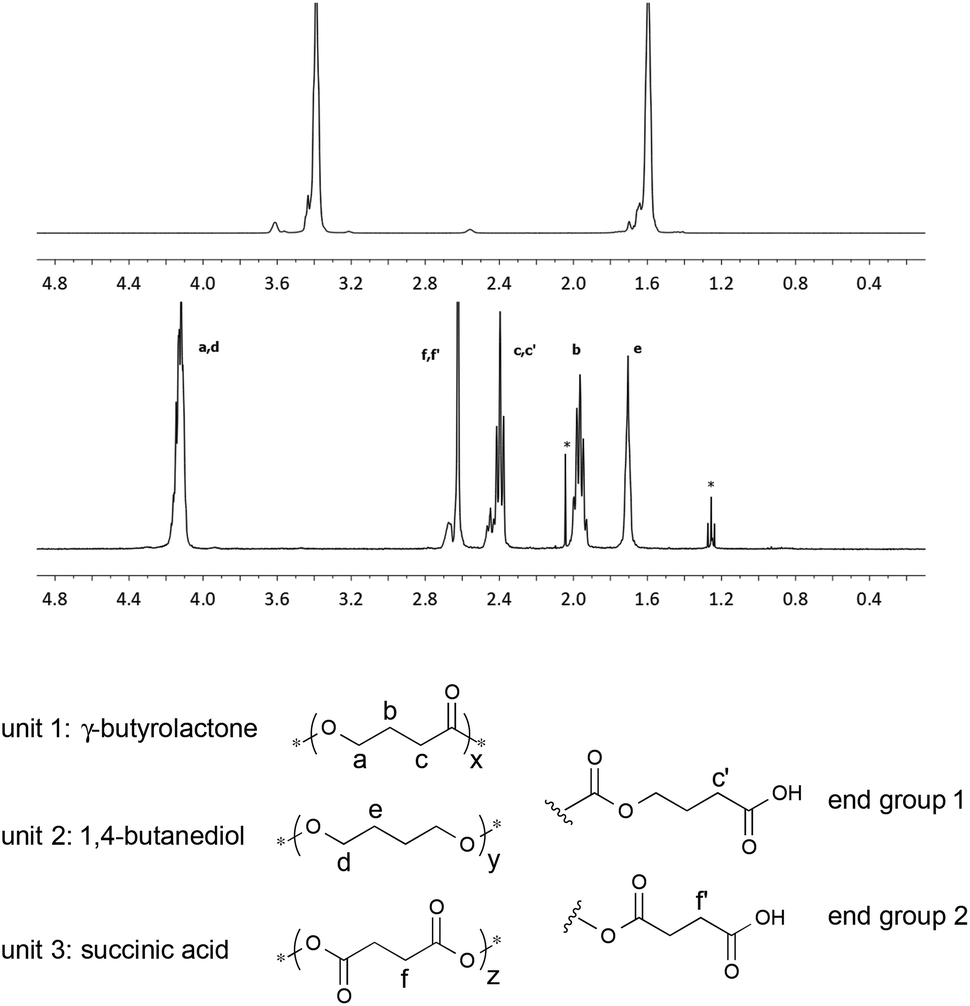A preferred complex is a complex of lithium tetrafluoroborate and a glyme.
Polymerization vinyl ether.
Vinyl ethers undergo radical initiated copolymerization in the presence of specific monomers such as maleates fumarates and acrylics.
They are increasingly used in radiation curing systems because of a lower toxicity profile than the commonly used acrylic monomers.
Provided is a method for the polymerization of vinyl ethers catalyzed by complexes of a lithium salt and a polyether.
Living cationic ring opening polymerization.
124 the fast living cationic polymerization of vinyl ethers with sncl 4 combined with etalcl 2 in the presence of an ester as an added base was reported.
125 the cationic.
Poly vinyl ether s pves feature a polar ether functionality in each repeat unit are derived from an inex.
Polymer chemistry 10 1002 pola 23916 48 6 1449 1455 2010.
Poly vinyl ether s with a t g as high as 100 c have been obtained in the living cationic polymerization of vinyl ethers with a bulky tricyclodecane or tricyclodecene unit using hcl zncl 2 in toluene at 30 c.
This method however is highly sensitive to monomer structure and achieved only 76 m and 64 m in the case of n butyl bve.
In order to overcome the challenge of direct radical polymerization of vinyl ethers commercial hydroxy functional vinyl ethers such as 2 hydroxyethyl vinyl ether heve were subjected to free radical polymerization generating.
For example the state of the art method uses a phenoxide ligated titanium complex to achieve 92 meso diads m in the polymerization of iso butyl vinyl ether ibve.
Studied systems are based on i 2 hi and on zinc halides zinc chloride zinc bromide and zinc iodide.
Unprecedented controlled radical vinyl polymerization crp of vinyl ethers using reversible addition fragmentation chain transfer raft polymerization is reported.
Macromolecules 2020 53 5 1536 1542.
We identified the cationic polymerization of vinyl ethers as a high value target to exemplify such a catalyst controlled approach.
Vinyl ethers ch 2 chor r methyl ethyl isobutyl benzyl are very reactive vinyl monomers.
58 was quite different from that for the living polymerization.
A general and efficient access toward terminally functionalized poly vinyl ether s.
Vinyl ethers undergo homopolymerization via a cationic mechanism.
Thienyl chloride initiated living cationic polymerization.
The resulting polymers are produced under mild and controlled conditions and are useful in adhesives and coatings as well as in other uses such as for polymer electrolytes in batteries and for viscosity.

